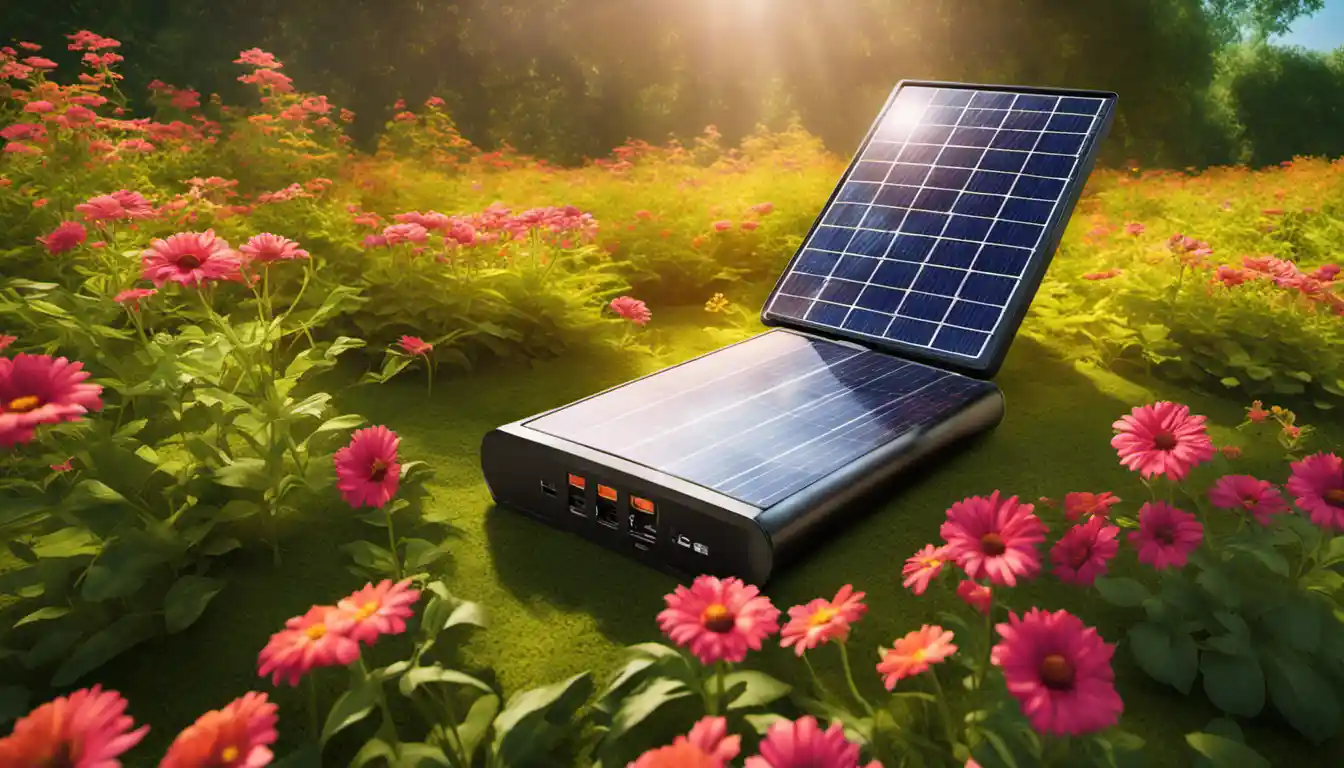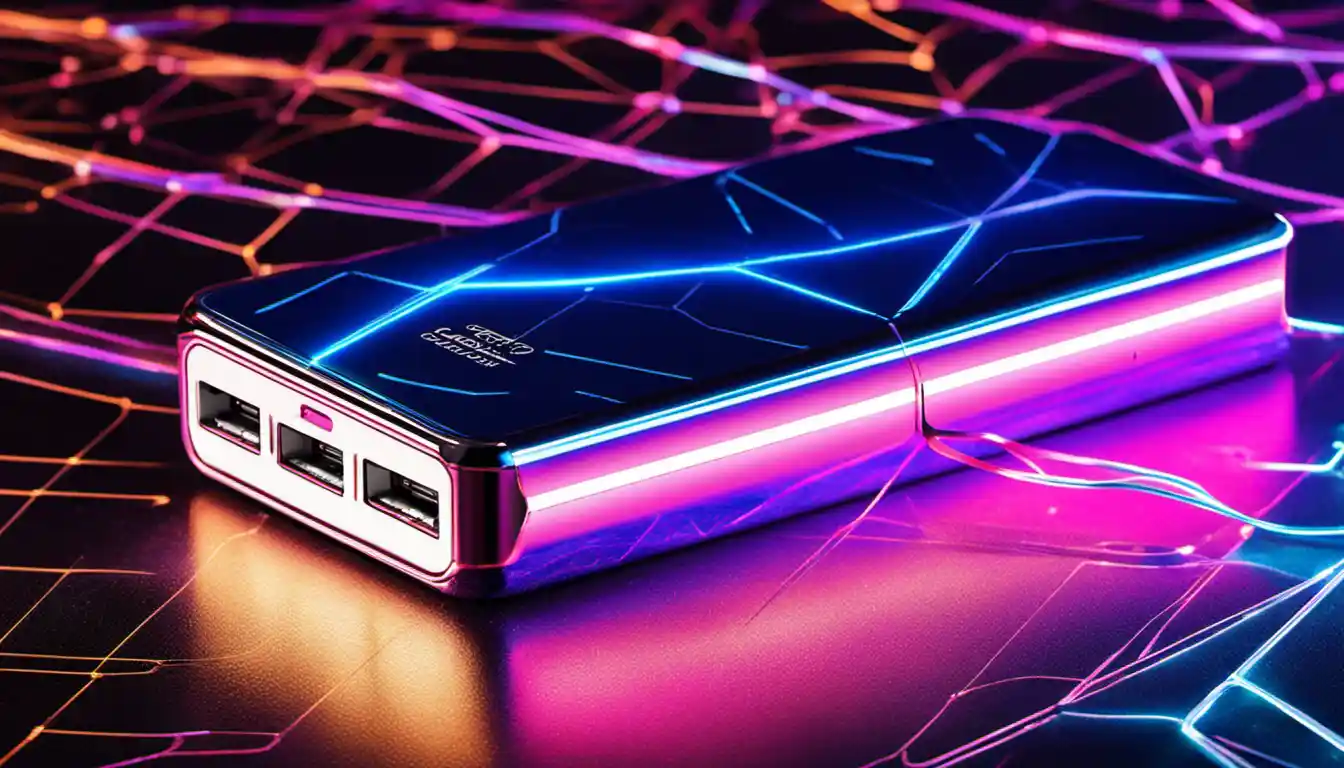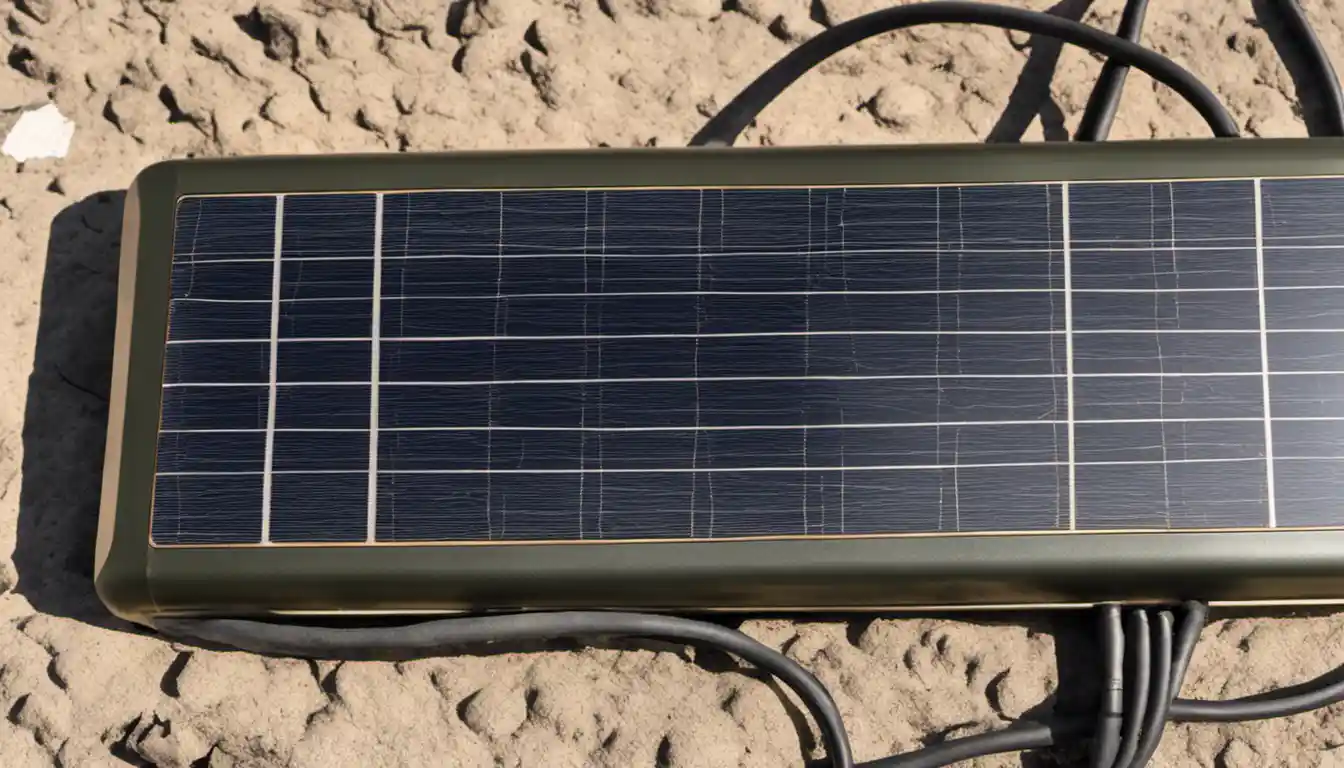Understanding the Basics
Charging a solar power bank usually involves exposing the solar cells to direct sunlight. The duration needed to fully charge can vary greatly depending on the model, sunlight intensity and other factors, so it’s recommended to check the user manual for specific instructions. Remember that some solar power banks also provide a USB charging option as a faster alternative or for use when sunlight is not available.
Solar Power Bank Features
Incredible innovations in solar technology have birthed an array of features in solar power banks. These portable power banks typically come equipped with dual charging technology (solar and electric), USB ports for device connection, LED indicators for charge level indications, and in some instances, a built-in flashlight for added utility. An IPX rating may also indicate the device’s level of water and dust resistance, a handy feature for outdoor enthusiasts or those living in humid environments.
How Does a Solar Power Bank Work?
A solar power bank operates on a fairly simple principle. It uses photovoltaic panels to convert sunlight into electricity. This electricity is then stored in a battery for later use. These power banks are recharged continuously as long as they’re under the sun, making them a reliable source of power, especially during outdoor activities or power blackouts.
Knowing When Your Power Bank Is Fully Charged
This is where many folks get stuck: “how do I know when my solar power bank is fully charged?” Most solar power banks have small LED indicators that notify the user of the battery’s status. Usually, continuous light signals a full charge, while intermittent blinks signify an ongoing charge.
Understanding Charge Level Indicators
Different manufacturers may have different ways of displaying charge level indicators. Typically, LED indicators offer a visual representation of the energy stored. The more lights are lit, the higher the level of charge your power bank holds. For specific interpretations of these LED indicators, it’s worthwhile to refer to your power bank manual.
Preventing Overheating and Overcharging
One question that crops up quite often is, “Can a solar power bank overheat or overcharge?” The reality is, leaving your power bank under direct sunlight for extended periods could potentially lead to overheating, and heed should be taken especially with cheaper models that may lack inbuilt protective features. On the other hand, most quality solar power banks are built with smart protective technology that prevents overcharging.
Steps to Charge a Solar Power Bank
Charging your solar power bank involves two main methods: solar and electrical charging.
Charging with Solar Power

Here’s the deal: solar charging is simple, eco-friendly, and entirely free. Simply place your solar power bank under direct sunlight. Avoid shaded or partially shaded areas as they reduce the efficiency of solar charging.
Best Practices in Solar Charging
For optimal results, aim for peak sunlight hours—usually from 9 A.M. to 3 P.M. Additionally, remember to align your solar panels directly towards the sun. Avoid placing your power bank behind windows, as the glass can significantly reduce the amount of sunlight reaching the solar cells.
Factors Affecting Solar Charging Performance
Several factors can affect the charging performance of your solar power bank. Intense, direct sunlight leads to a quicker charge while less sunny conditions will naturally need more time. The angle at which sunlight hits the solar panels is also crucial—the more directly the sun’s rays hit the panels, the better the power conversion and charging speed.
Charging Using Electricity
While a solar power bank is designed to harness sunlight, you can still charge it electrically using a wall charger. Just connect your bank with a suitable wall charger using a USB cable, then plug the charger into an outlet.
Wall Charging
Wall charging is just another fancy term for charging your power bank using a wall adapter. It’s like charging your phone, really. Plug one end of the USB cable into the charging port of your power bank and the other end into the wall adapter, then plug into the power socket.
First Time Charging Instructions
If you wonder “how long to charge power bank 10000mah first time,” you’ll be pleased to know that guidelines for the first charge aren’t drastically different. Generally, for a 10000mAh power bank, using an average 2A output charger, it would take about 5-6 hours to fully charge from null. But a 20000mah power bank would take about 10-12 hours to fully charge, keeping in mind that these times can change depending on the power output of your power adapter.
How to Charge Your Device with a Solar Power Bank
Connecting Your Device to the Power Bank
Much like charging the power bank itself, connect your device to the power bank using a compatible USB cable. Upon connection, your device should start charging immediately.
How Many Times Will the Power Bank Charge My Device

The number of charges depends on two major factors: the storage capacity of your power bank and the battery capacity of your device. For example, a fully-charged 10000mAh power bank could charge a device with a 2000mAh battery around five times.
Special Charge Scenarios
We’ve already covered most of the basics, but let’s focus on some special scenarios, just in case.
Charging a Solar Power Bank Without Sunlight
“How to charge a solar power bank without sun,” you ask? Well, the good news is, most solar power banks come with a dual charging feature. This gives you the convenience of charging your power bank via a USB cable, plugged into a computer or a wall plug when sunlight is not available.
How Long to Charge 10000mah Power Bank for the First Time
In ideal circumstances and using a 2A power adapter, to fully charge a 10000mAh power bank, it should take you roughly 5-6 hours. The actual time may vary slightly based on the power adapter’s actual output and the power bank’s current battery level.
How Long to Charge 20000mah Power Bank
Double the capacity, double the charge time. Theoretically, it should take around 10-12 hours to fully charge a 20000mAh power bank using a standard 2A power adapter.
Using Your Phone while Charging on the Power Bank
Can you use your phone while it’s being charged on the power bank? Sure, you can. But just like using your phone while charging on a wall outlet, it could reduce the efficiency of the charge, and OEMs generally advise against it, as it can generate excessive heat.
Maintaining Your Solar Power Bank
Proper Usage and Care
Taking good care of your power bank enhances its performance and prolongs its life. Avoid exposing your power bank to extremely high or low temperatures. While it may seem ironical given their basic functioning principle, you should also avoid leaving your solar power banks under direct sunlight for extensive periods to prevent overheating. And, never, under any circumstances, should your power bank be in contact with water unless it’s expressly marked as being water-resistant.
Common Issues: Causes and Solutions

Loss of efficiency over time is a natural course for most electronic devices, solar power banks included. However, sudden drops in performance or operational anomalies can often be traced back to misuse. Consult your device manual for troubleshooting tips or contact the customer support of your product.
Precautions When Using a Solar Power Bank
Safety Measures
Pay heed to your power bank’s operating conditions and restrictions. Though unlikely, tampering with the solar power bank could lead to accidents like an electrical shock or even a fire.
Power Bank Health & Safety Warnings and Guidelines
Solar power banks are efficient and safe for use as long as used appropriately. As part of the safety measures, avoid using damaged charging cables, keep the power bank away from heat sources, and don’t disassemble the power bank.
Warranty Terms and Conditions
Remember to read through your solar power bank’s warranty terms and conditions. These documents offer valuable information on covered defects, exclusions, and the duration of the warranty and should be stored safely for future references.
Choosing the Right Solar Power Bank
Key Features to Look for in a Solar Power Bank
When shopping for a solar power bank, ensure to check its capacity, charging input, number of ports, build quality, size, weight, and extra features, such as LED light indicators and flashlights.
Recommended Solar Power Banks
Some of the most reliable and efficient solar power banks can be found here. Investing in a solar power bank can truly be a lifesaver in situations where a traditional charging method is unavailable, and undoubtedly, a significant step towards your journey into renewable energy.
Having fully equipped you with detail on ‘How to charge a solar power bank’, remember this: a solar power bank is not just a device, but a stepping stone towards a more sustainable, greener future. So next time you’re out in the sun, think about how you can make the most out of its kingly power.



